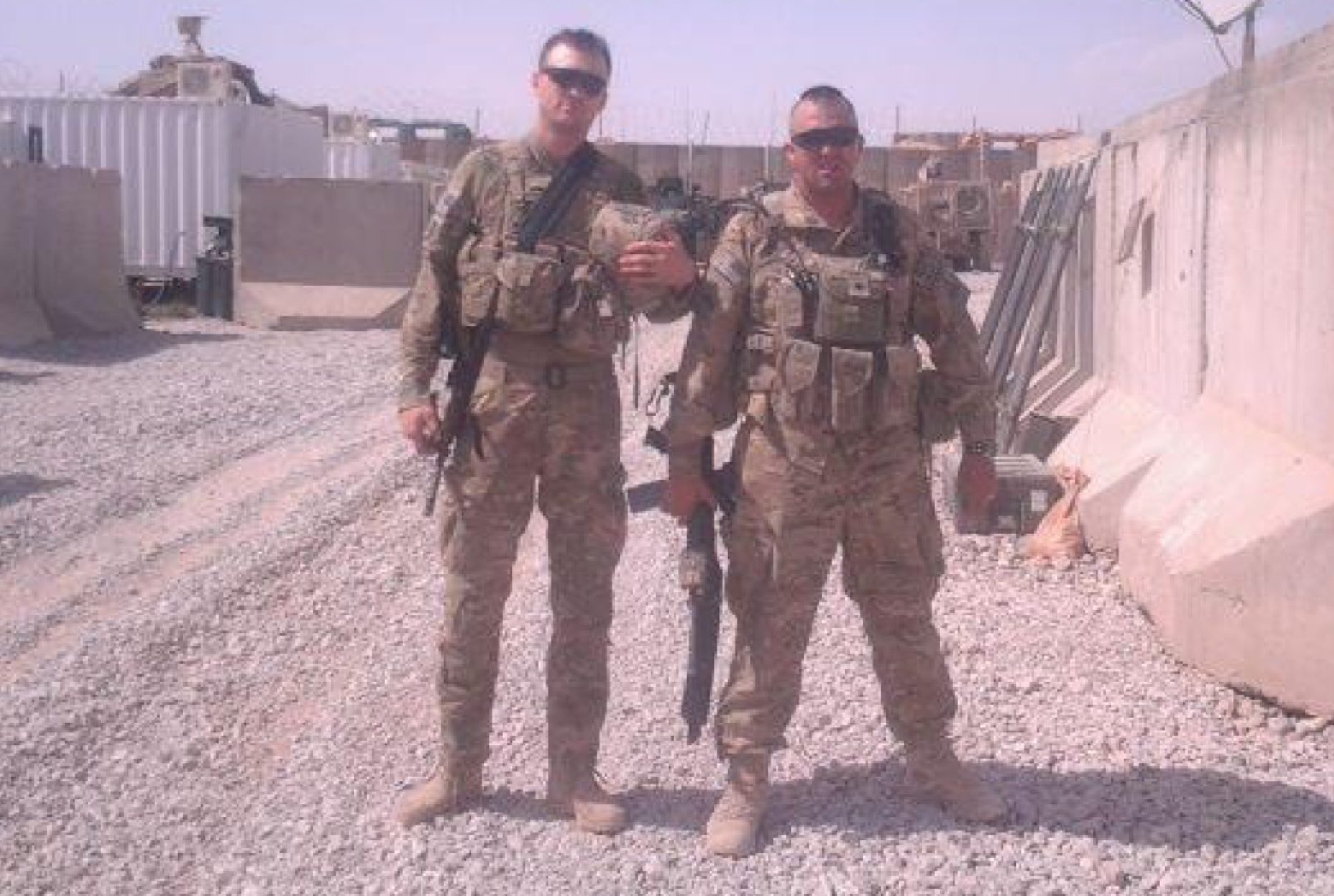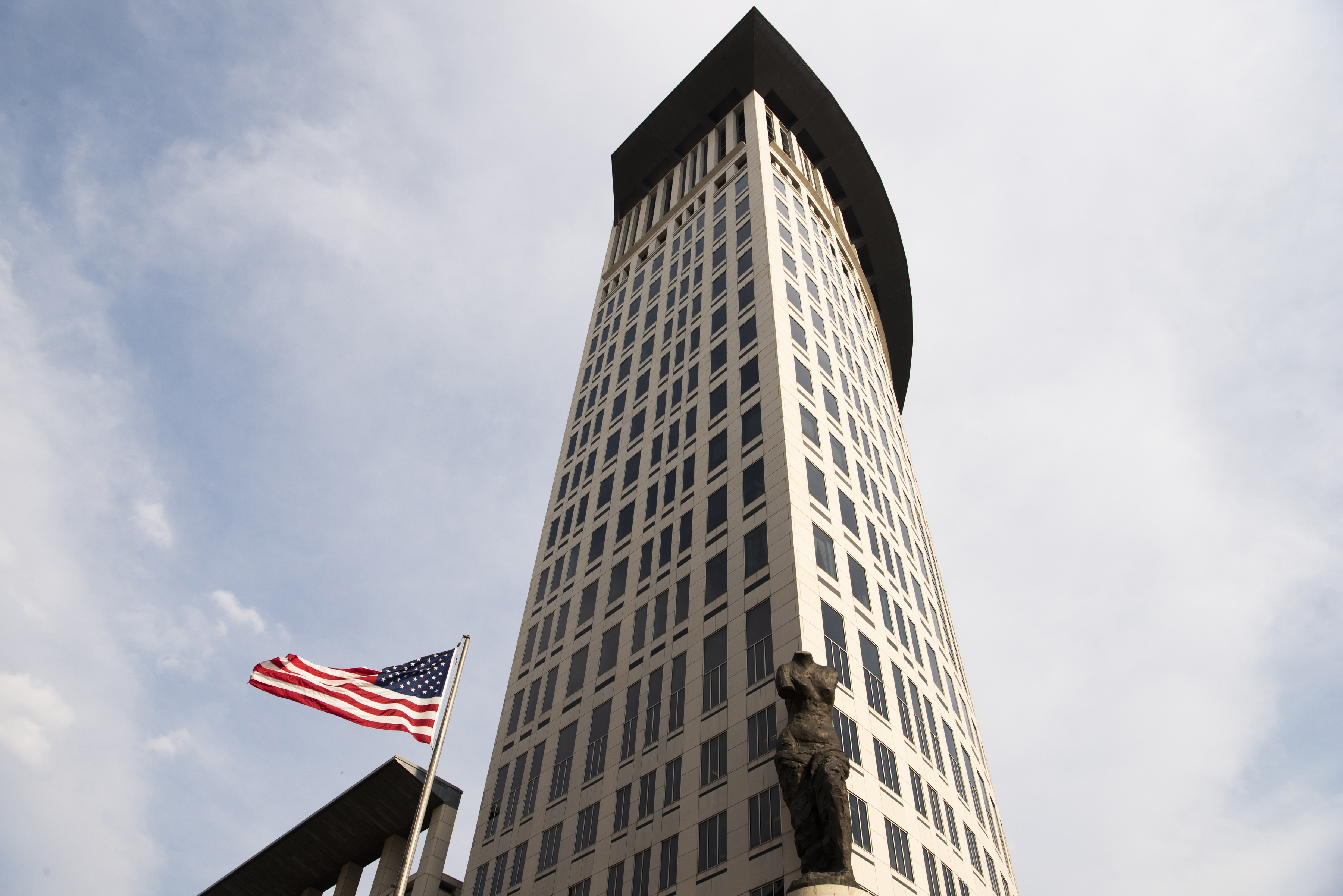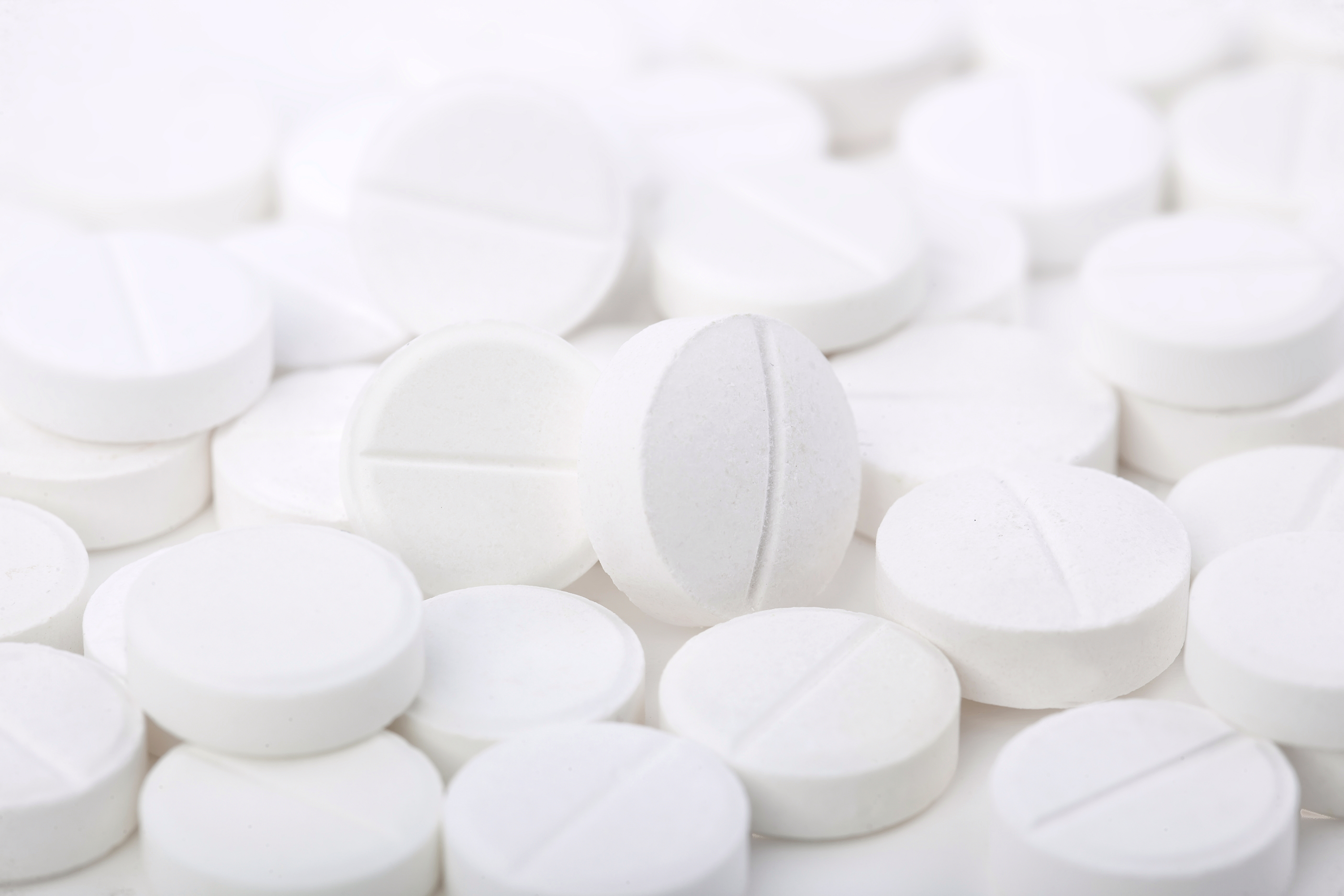
The Refinery Disaster
In Philadelphia, an air monitor on the border of the East Coast’s largest oil refinery recorded a level of cancer-causing gas more than 21 times the federal limit.


In Philadelphia, an air monitor on the border of the East Coast’s largest oil refinery recorded a level of cancer-causing gas more than 21 times the federal limit.

They experienced the war in Afghanistan on the ground. Here’s what they had to say.

As of 2018, the U.S. opioid epidemic has claimed more than 400,000 lives. Yet the faces of some victims remain hidden.

How opioid addiction starts: Five people describe the moments that led them down a trail of dependency.

New details about the marketing campaigns used to persuade the medical community that addiction was rare and patients were suffering needlessly.

Scholars and experts are frequently called before Congress to testify, and sometimes do so without disclosing potential financial conflicts. A lack of accountability helps witnesses not disclose foreign funding as required, whether intentionally or not.

Walgreens dominated the nation’s retail opioid market from 2006 through 2012, buying about 13 billion pills — 3 billion more than its closest competitor.

Inside the plaintiffs’ war room, bleary-eyed, caffeinated lawyers worked on what would be one of the most important cases of their careers — the first bellwether trial in the national opioid litigation against the country’s biggest drug companies.

Demand for exotic pets and collectors’ items drives a flourishing illegal trade in beetles, spiders, and more.

Newly unsealed documents in a landmark civil case in Cleveland provide clues to one of the most enduring mysteries of the opioid epidemic: How were drug companies able to weaken the federal government’s most powerful enforcement weapon at the height of the crisis? The industry enlisted members of Congress to limit the powers of the …
Continue reading “Inside the drug industry’s plan to defeat the DEA”